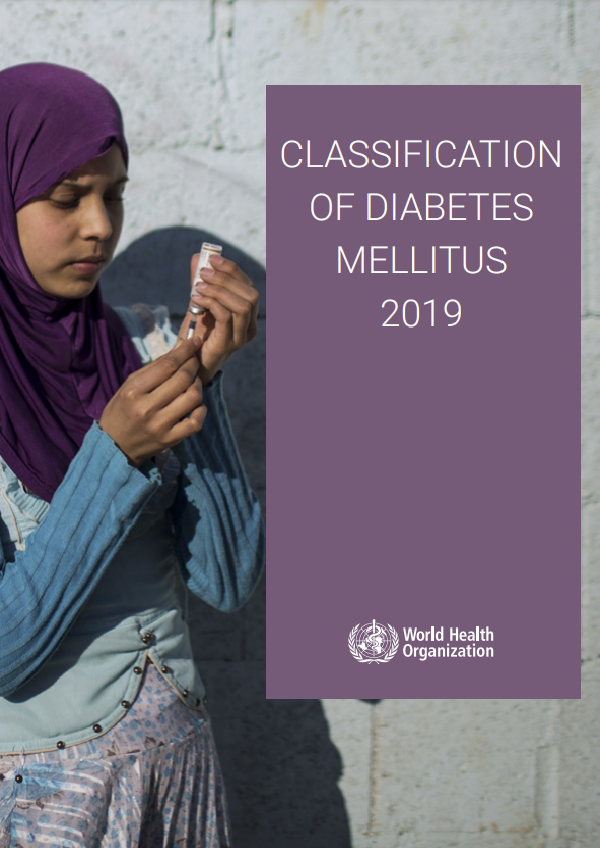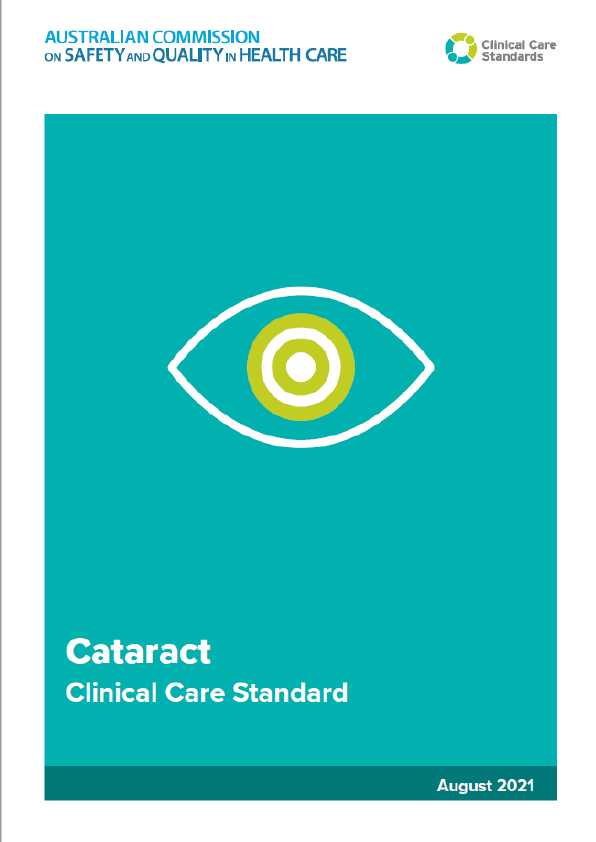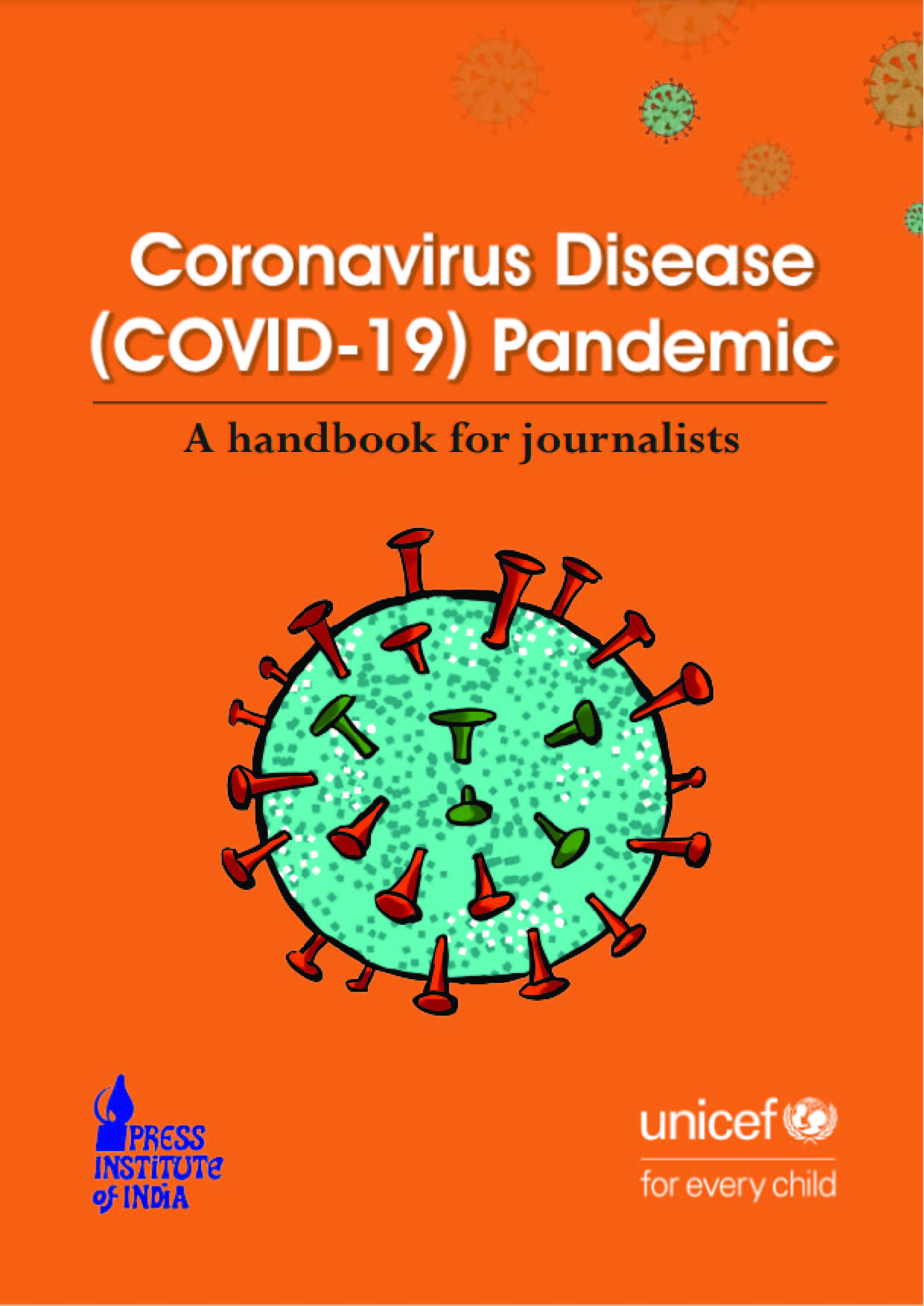This document updates the 1999 World Health Organization (WHO) classification of diabetes. It prioritizes clinical care and guides health professionals in choosing appropriate treatments at the time of diabetes diagnosis and provides practical guidance to clinicians in assigning a type of diabetes to individuals at the time of diagnosis. It is a compromise between clinical and aetiological classification because there remain gaps in knowledge of the etiology and pathophysiology of diabetes.
While acknowledging the progress that is being made towards a more precise categorization of diabetes subtypes, the aim of this document is to recommend a classification that is feasible to implement in different settings throughout the world. The revised classification is presented in Table 1.
Unlike the previous classification, this classification does not recognize subtypes of type 1 diabetes and type 2 diabetes and includes new types of diabetes (“hybrid types of diabetes” and “unclassified diabetes”).
Since 1965 the World Health Organization has periodically updated and published guidance on how to classify diabetes mellitus (hereafter referred to as “diabetes”) (1). This document provides an update on the guidance last published in 1999 (2).
Diabetes comprises many disorders characterized by hyperglycemia. According to the current classification there are two major types: type 1 diabetes (T1DM) and type 2 diabetes (T2DM). The distinction between the two types has historically been based on age at onset, degree of loss of β cell function, degree of insulin resistance, presence of diabetes-associated autoantibodies, and requirement for insulin treatment for survival (3). However, none of these characteristics unequivocally distinguishes one type of diabetes from the other, nor accounts for the entire spectrum of diabetes phenotypes.
There are several reasons for revisiting the diabetes classification. Firstly, the phenotypes of T1DM and T2DM are becoming less distinctive with an increasing prevalence of obesity at a young age, recognition of the relatively high proportion of incident cases of T1DM in adulthood and the occurrence of T2DM in young people. Secondly, developments in molecular genetics have allowed clinicians to identify growing numbers of subtypes of diabetes, with important implications for choice of treatment in some cases. In addition, increasing knowledge of pathophysiology has resulted in a trend towards developing personalized therapies and precision medicine (3). Unlike the previous classification, this classification does not recognize subtypes of T1DM and T2DM, includes new types of diabetes (“hybrid types of diabetes” and “unclassified diabetes”), and provides practical guidance to clinicians for assigning a type of diabetes to individuals at the time of diagnosis.











